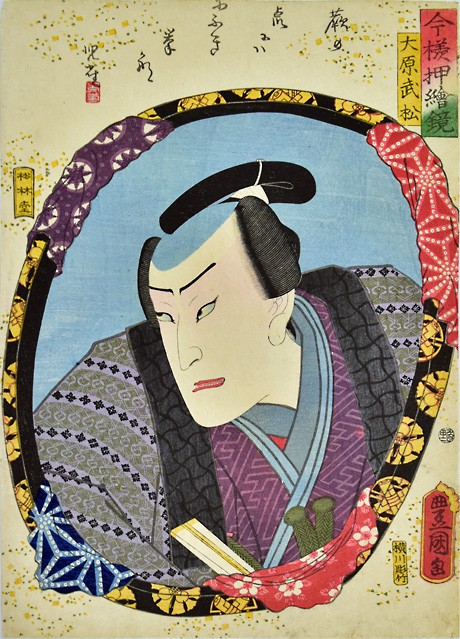The iconic image of a samurai warrior often includes a shaved pate and a topknot known as a chonmage. But why did samurai adopt this distinctive hairstyle? The answer lies in a fascinating blend of practicality, tradition, and social status that evolved over centuries.
From Headgear to Hairstyle: The Evolution of the Chonmage
The chonmage didn’t start as a shaved head. Its origins can be traced back to ancient Japan, where men of status wore elaborate headgear called kanmuri or eboshi. To accommodate these headpieces, men would tie their hair into a topknot (mage) at the back of their heads.
Medieval warriors, however, faced a practical challenge. Donning a battle helmet (kabuto) over a topknot proved cumbersome. To streamline the process, they began to untie their topknots and shave the front portion of their heads for better helmet fit and ventilation. This practice, called sakayaki, involved plucking hairs rather than shaving, and historical accounts describe battlefields littered with blood from this painful process.
 img_01
img_01
As kanmuri and eboshi fell out of everyday use, becoming restricted to ceremonial occasions for nobles, warriors, and priests, the hairstyle evolved. Commoners adopted a modified version of sakayaki, shaving the front of their heads but folding the remaining hair forward and placing it on the top center of the head. This was the birth of the chonmage as we know it.
Practicality and Symbolism of the Shaved Head and Topknot
The chonmage served several practical purposes for samurai. Beyond facilitating the wearing of helmets, the shaved pate helped keep the head cool under the hot Japanese sun and prevented hair from obstructing vision during combat. Furthermore, keeping the top of the head clean was believed to improve hygiene and reduce the risk of lice infestations, a significant concern in close-quarters combat.
Over time, the chonmage also became a powerful symbol of samurai status and identity. It represented discipline, loyalty, and adherence to the warrior code. The distinctive hairstyle set samurai apart from other social classes, reinforcing their role as protectors and enforcers of order.
The End of an Era: The Meiji Restoration and the Decline of the Chonmage
In 1871, the Meiji government, which had overthrown the shogunate, issued an edict abolishing the chonmage. This marked a significant cultural shift as Japan modernized and embraced Western influences. The once-ubiquitous hairstyle rapidly disappeared from everyday life.
Today, the chonmage is largely associated with sumo wrestlers, who continue to wear it as a tribute to the traditions of Japanese martial arts and as a visible symbol of their profession. The history of the chonmage, from its practical origins to its symbolic significance, provides a unique window into the cultural evolution of samurai and Japanese society as a whole.
